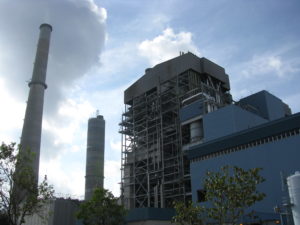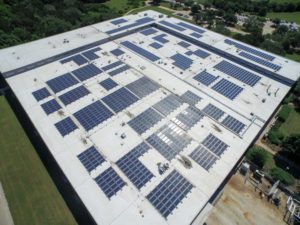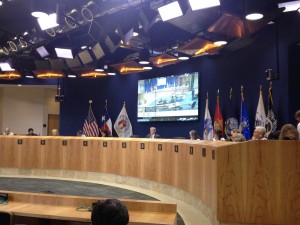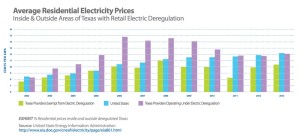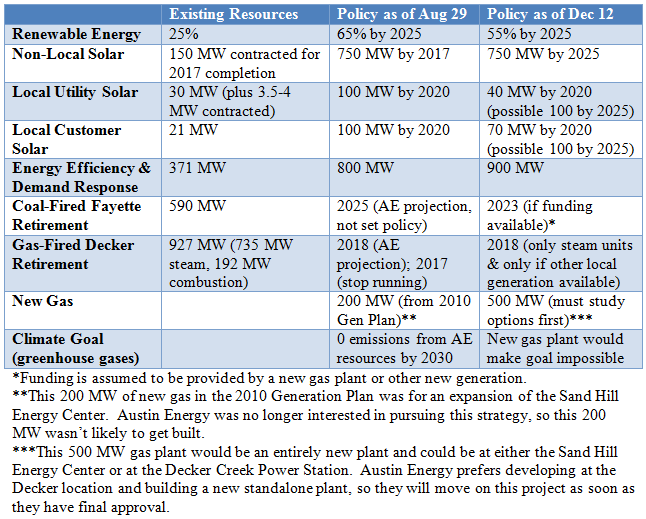Electric utilities offer a variety rate structures to their customers. I focus my writing here on municipal utilities using tiered rates and explore some of the opportunities and complications.
- Basic: Customers are charged the same rate for each kilowatt-hour (kWh) they use.
- Tiered Rates: The cost per kWh changes as the customer uses more electricity. The structure is the same as for federal income taxes. The customer pays one rate for the first block of energy (say up to 500 kWh) and a different rate for the next block of energy (say between 501 and 1,000 kWh). The number of tiers can vary.
Electric utilities have many options when it comes to billing residential energy usage. Tiered rates offer an opportunity for electric utilities to encourage decreased energy usage. This may help decrease our reliance on nonrenewable resources and reduce costs. Following my research on the largest 100 municipal electrical utilities, I have come across some hopeful examples of tiered rate structures which promote energy conservation. Others, however, may have the opposite effect.
Tiered rates can be used as a useful tool to conserve energy usage but only when the rate goes up in price as energy use increases. Not all electric services offer tiered rates. Even when they do, you typically only see 2 or 3 tiers that go up minimally in price.
Austin Energy provides an excellent example of how a municipal electric utility can promote reduced energy usage through a multilayered tiered rate structure. With 5 tiers that go up by roughly 2 cents for every 500 kWh increase in energy, customers have an incentive to cut down on their energy consumption. Bristol Tennessee Essential Services has a tiered structure with 6 tiers, the most tiers I found throughout my research.
The downfalls to tiered rate structures occur when utilities instead discount higher energy consumption. This structure is counterproductive to achieving a less energy dependent future in our society, and reflect and the challenge of getting electric utilities to encourage conservation when their business models are dependent upon selling more electricity. Many utilities implement this backwards billing structure to customers only in the winter. Georgia Power visualizes this tendency on its website.
The majority of utilities (11 out of 18) that discount increased energy consumption in the winter are located in the South. Because winters are mild in the South and many customers use natural gas for heating, customers in this region don’t use as much energy in the winter. This leads me to believe that these discounts are intended to encourage increased energy usage in the winter, as a way to boost electric utility revenue. Some of the more northern utilities that have declining tiered rates – including Rochester Public Utilities – may have less sinister motives, namely to help customers avoid high bills during cold snaps, but this would bear additional research. In this time where it is imperative to promote decreases in energy usage, municipal utility utilities cannot be hesitant to adopt increasing tiered structures regardless of the time of year.
The City of North Little Rock Electric Company has done exactly this. Their tiered rate structure once discounted prices as consumption increased. These outdated rate structures, like many others like this, were in place since 2006. They recognize that this discounted structure is inconsistent with encouraging conservation and promise to eliminate these declining price blocks over a three year period.
Many other utilities can, and should, do the same. One more common theme I have encountered are extremely outdated rate structures. Jonesboro City Water & Light utility in Arkansas, has maintained the same rates since 1984.
Times have changed, particularly in values of consumption, in the past 35 years. I urge municipal utilities to update their rate structures in order to stay up to stay consistent with conservation values. Tiered rate structures have the capacity to encourage customers to become more conscious of their energy usage and to decrease their total usage. I encourage utilities to follow in the same path as Little Rock by hiring a company such as Utility Financial Solutions to review and improve current and outdated utility rate structures. In this way, electric utilities may begin to implement rate structures that encourage energy consumption while also not imposing too dramatic of an increase in bills for customers.
 Foundation Communities
Foundation Communities  The Austin City Council resolution was sponsored by Council Member Greg Casar and co-sponsored by Council Members Leslie Pool, Delia Garza, and Pio Renteria. They were joined in support by Council Members Ann Kitchen, Alison Alter and Ora Houston, Mayor Pro Tem Tovo, and Mayor Steve Adler. Public Citizen applauds City Council and Austin Energy for embracing this next step in local solar development in Austin and looks forward to engaging with staff and other stakeholders to make this effort a success.
The Austin City Council resolution was sponsored by Council Member Greg Casar and co-sponsored by Council Members Leslie Pool, Delia Garza, and Pio Renteria. They were joined in support by Council Members Ann Kitchen, Alison Alter and Ora Houston, Mayor Pro Tem Tovo, and Mayor Steve Adler. Public Citizen applauds City Council and Austin Energy for embracing this next step in local solar development in Austin and looks forward to engaging with staff and other stakeholders to make this effort a success.



